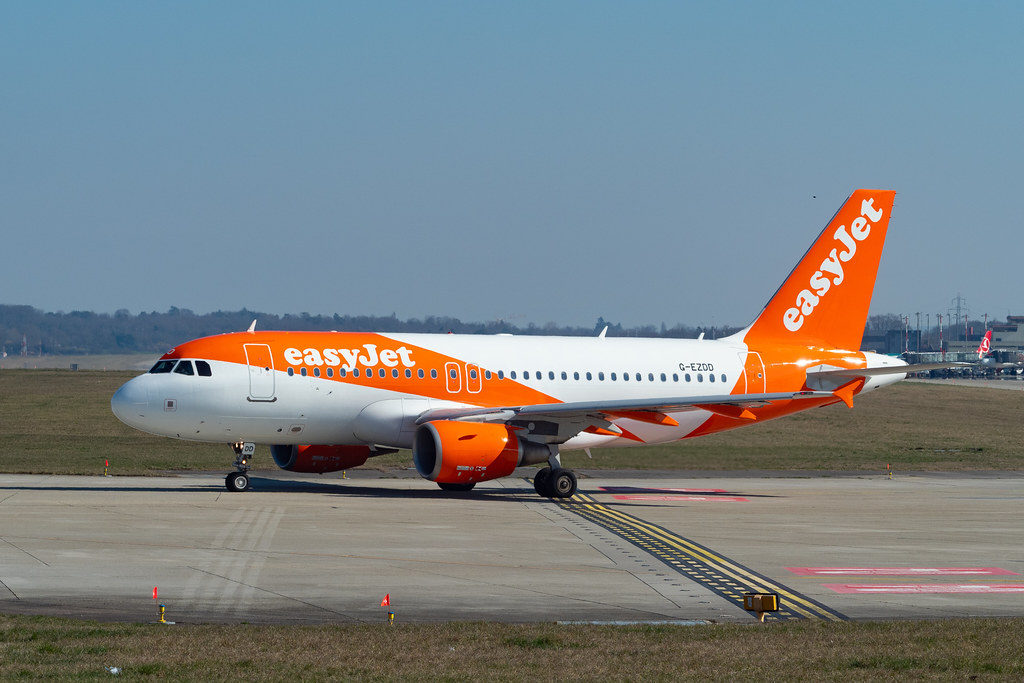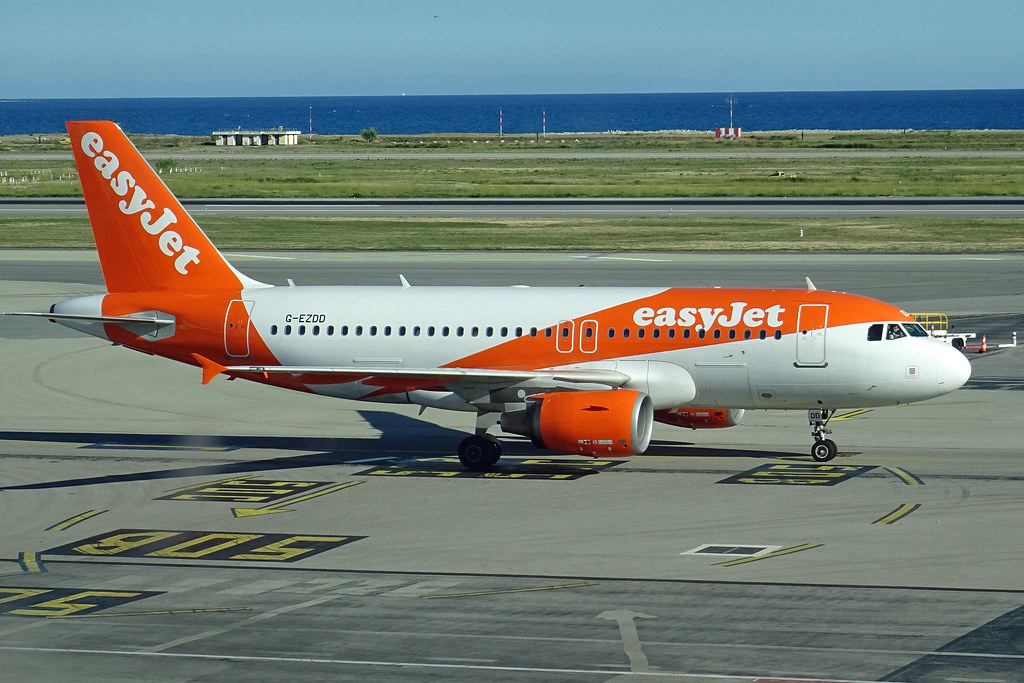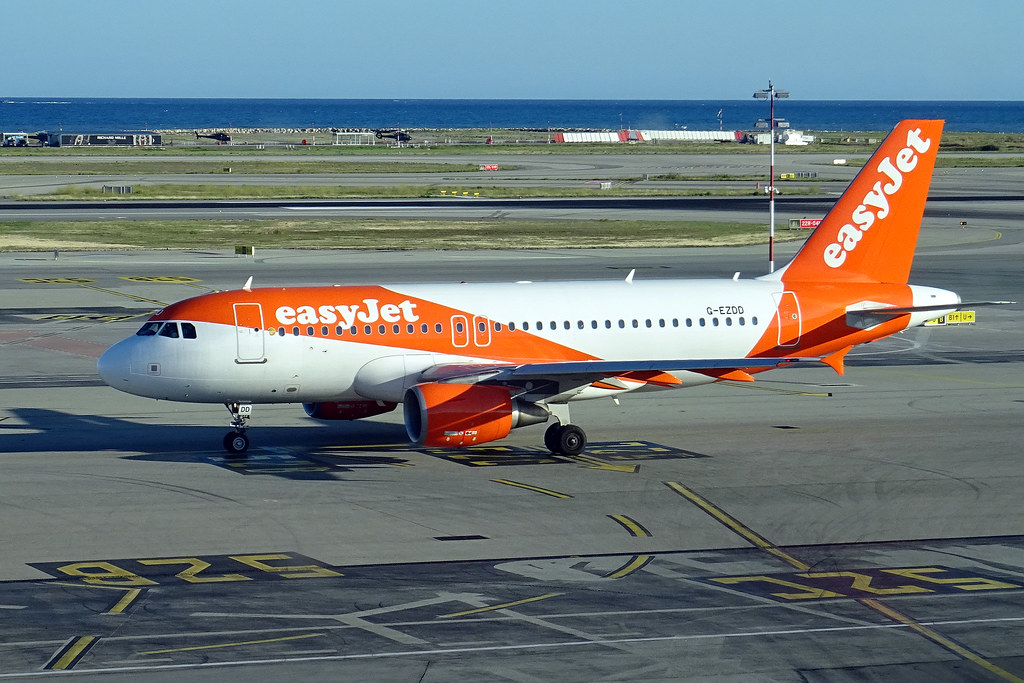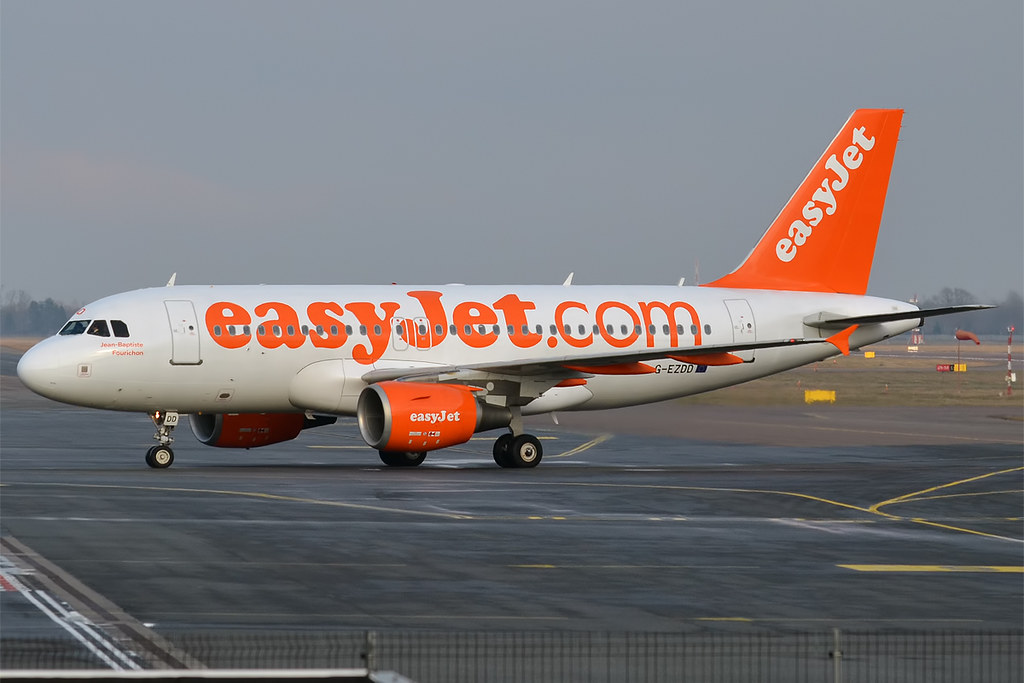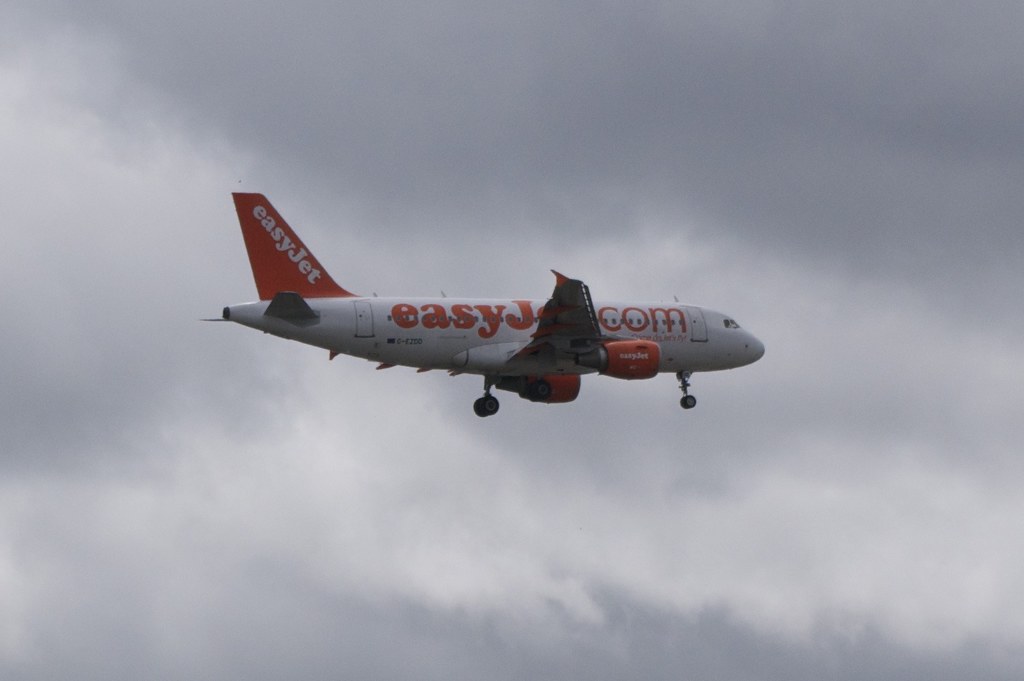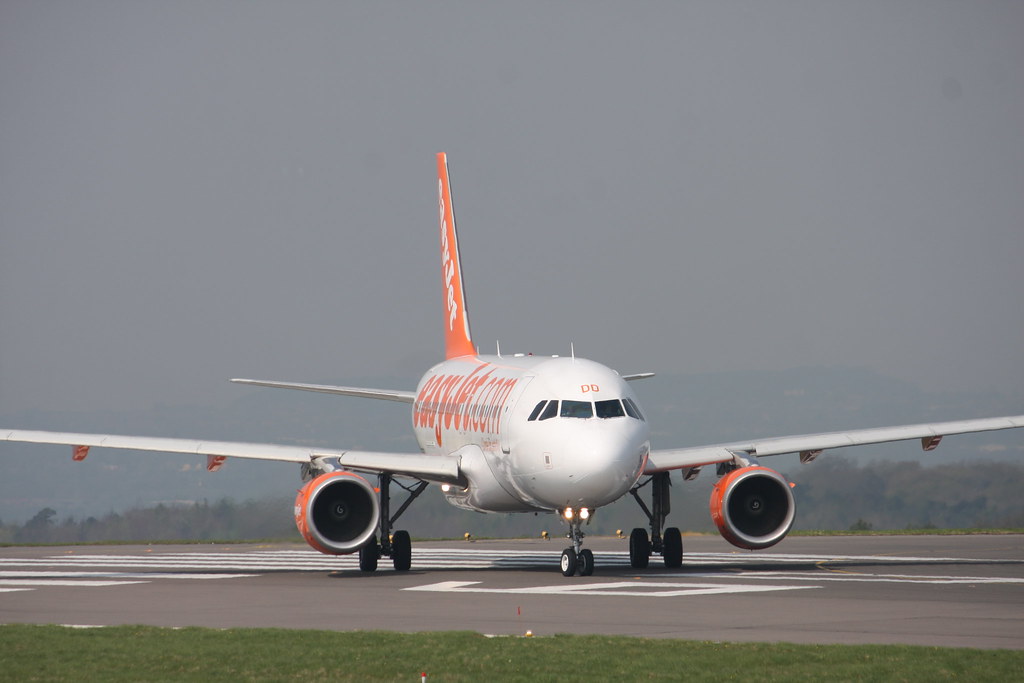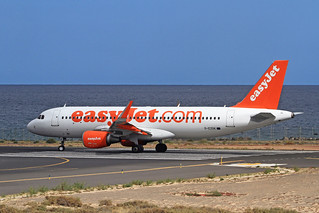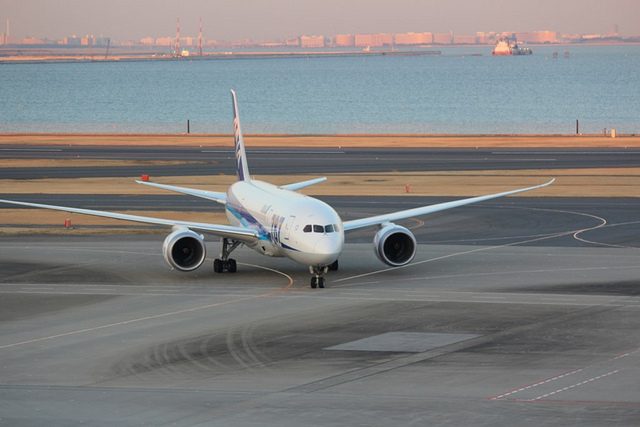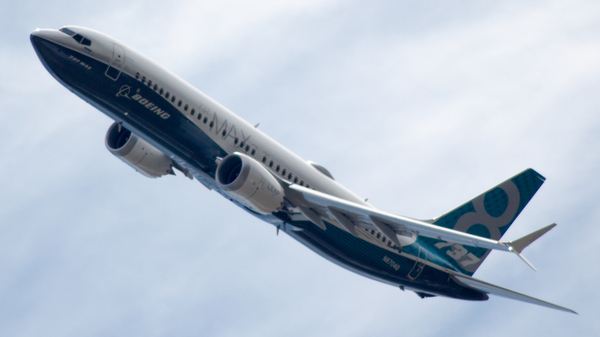Easyjet A319 at London on Aug 25th 2020, acrid odour in cockpit
Last Update: April 8, 2021 / 09:23:17 GMT/Zulu time
Incident Facts
Date of incident
Aug 25, 2020
Classification
Incident
Airline
Easyjet
Flight number
U2-8318
Departure
Biaritz, France
Destination
London Gatwick, United Kingdom
Aircraft Registration
G-EZDD
Aircraft Type
Airbus A319
ICAO Type Designator
A319
The AAIB reported there were no injuries and no damage, the occurrence was rated a serious incident and is being investigated.
The aircraft remained on the ground for a week before returning to service on Sep 1st 2020.
On Apr 8th 2021 the AAIB released their bulletin releasing following "discussion":
The cause of the “wet sock” smell was traced to oil contamination of the aircraft’s No 2 ECS system. The source of the contamination is likely to have been oil leaking from at least one of the APU’s LRUs.
While not a significant factor in the analysis of this incident, standardised medical protocols for assessing personnel experiencing cabin air quality events could help immediate treatment and provide supporting evidence to future investigations.
The AAIB summarized the sequence of events:
Passing 6,000 ft in the descent to Gatwick Airport, the flight crew became aware of a strong “wet sock” smell coming from the cockpit air conditioning ducts. At the same time the cabin crew contacted the flight deck to alert them to “an acrid smell” in the cabin.
The flight crew donned their oxygen masks as a precaution and continued their approach for an otherwise uneventful landing. As a safeguard, the crew went to a local hospital for medical checks after the flight.
The AAIB summarized the post flight examination:
The aircraft had been the subject of three different ‘Smell in Aircraft Reports’ (SIAR) in the previous three weeks:
- On 5 August engineers found evidence of a leak from the aircraft’s Auxiliary Power Unit’s (APU) drain mast and its oil cooler. These units were replaced and, after a ‘pack burn off procedure’ to remove any remaining traces of oil, the aircraft was returned to service.
- On 12 August a further report was raised by flight crew but no fault was found during the Operator’s standard SIAR fault finding procedure.
- On 13 August fault finding following a third SIAR found evidence of an oil leak from an APU gearbox plug. After the plug’s O-ring had been replaced the aircraft was returned to service.
During the diagnosis for the incident event, the engineers found further evidence of oil leaks associated with other Line Replaceable Units (LRU) on the APU. After additional functional tests, it was decided to replace the APU, but the “oil smell” was still present.
Suspecting downstream contamination of the environmental air conditioning system (ECS), nine components within the No 2 ECS were replaced. There were no further reports of SIC events between the aircraft returning to service and the conclusion of the investigation.
The AAIB wrote with respect to the Medical side of the occurrence:
Two of the crew experienced “tight chests” and “tingling” fingertips during the fumes event but suffered no long-lasting effects. The commander reported that, on arrival at the local hospital, medical staff were not expecting them and did not have a specific fumes-related investigation protocol.
The Operator’s policy for post-flight medical support following smell events is described in their ‘Cabin Smell Event Care Pathway’ document. The Operator’s expectation is that ‘local medical procedures’ would be applied if immediate medical support is required, and they do not provide specific instructions to supporting facilities. If symptoms persist crews are referred to local occupational health services for ongoing support.
The UK CAA publish fumes event care pathway guidance documents on their website1.
Incident Facts
Date of incident
Aug 25, 2020
Classification
Incident
Airline
Easyjet
Flight number
U2-8318
Departure
Biaritz, France
Destination
London Gatwick, United Kingdom
Aircraft Registration
G-EZDD
Aircraft Type
Airbus A319
ICAO Type Designator
A319
This article is published under license from Avherald.com. © of text by Avherald.com.
Article source
You can read 2 more free articles without a subscription.
Subscribe now and continue reading without any limits!
Read unlimited articles and receive our daily update briefing. Gain better insights into what is happening in commercial aviation safety.
Send tip
Support AeroInside by sending a small tip amount.
Related articles
Easyjet A320 near Hanover on Apr 17th 2024, smoke in cockpit
An Easyjet Airbus A320-200, registration G-EZOU performing flight U2-6621 from Birmingham,EN (UK) to Berlin (Germany), was enroute at FL370 about…
Easyjet A320 over Atlantic on Mar 29th 2024, hydraulic failure
An Easyjet Airbus A320-200, registration G-EZRT performing flight U2-3111 from Glasgow,SC (UK) to Las Palmas,CI (Spain), was enroute at FL360 over…
Easyjet A20N at Geneva on Nov 5th 2023, descended well below glideslope
An Easyjet Airbus A320-200N, registration G-UZLO performing flight U2-3291 from Edinburgh,SC (UK) to Geneva (Switzerland) with 157 passengers and 6…
Easyjet A320 at Glasgow on Jan 5th 2023, smoke in the cockpit
An Easyjet Airbus A320-200, registration G-EJCC performing flight U2-868 from Glasgow,SC to London Gatwick,EN (UK), was climbing out of Glasgow's…
Easyjet A320 at Manchester on Nov 2nd 2023, gear problem on departure
An Easyjet Airbus A320-200, registration G-EZOK performing flight U2-2103 from Manchester,EN (UK) to Nice (France), was climbing out of Manchester's…
Newest articles
ANA B788 at Sapporo on Apr 24th 2024, hydraulic leak after landing
An ANA All Nippon Airways Boeing 787-8, registration JA804A performing flight NH-71 from Tokyo Haneda to Sapporo Chitose (Japan) with 213 people on…
Bonza B38M at Sunshine Coast on Apr 23rd 2024, fumes in cockpit
A Bonza Airline Boeing 737-8 MAX, registration VH-UJK performing flight AB-570 from Avalon,VI to Sunshine Coast,QL (Australia), was on approach to…
Subscribe today
Are you researching aviation incidents? Get access to AeroInside Insights, unlimited read access and receive the daily newsletter.
Pick your plan and subscribePartner

A new way to document and demonstrate airworthiness compliance and aircraft value. Find out more.

ELITE Simulation Solutions is a leading global provider of Flight Simulation Training Devices, IFR training software as well as flight controls and related services. Find out more.

Your regulation partner, specialists in aviation safety and compliance; providing training, auditing, and consultancy services. Find out more.
AeroInside Blog
Popular aircraft
Airbus A320Boeing 737-800
Boeing 737-800 MAX
Popular airlines
American AirlinesUnited
Delta
Air Canada
Lufthansa
British Airways
